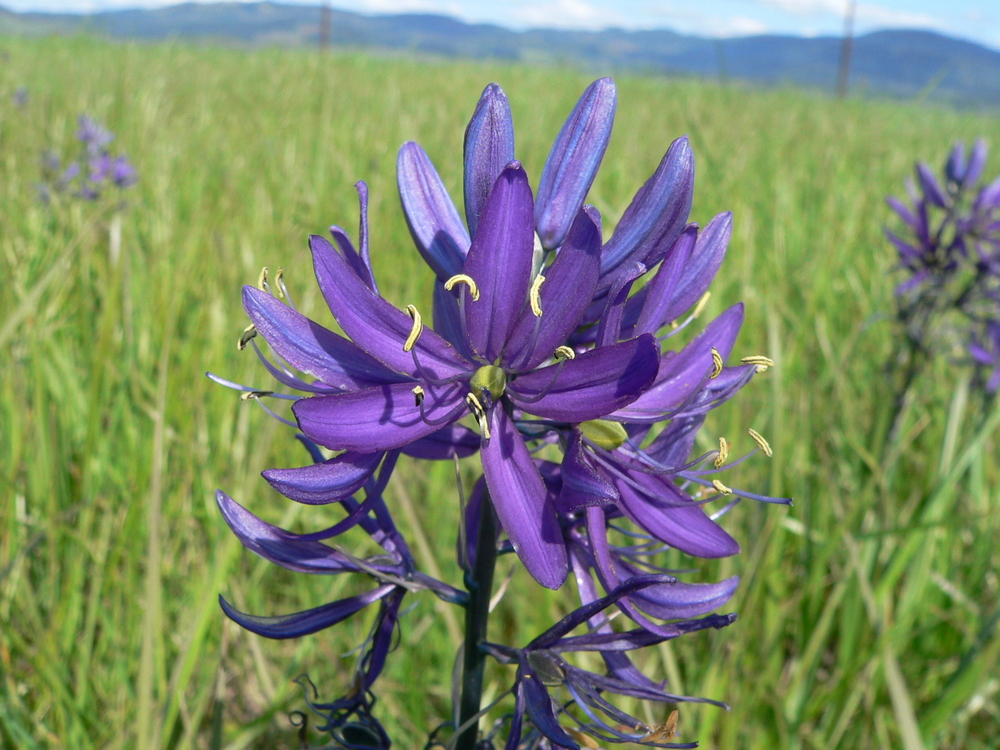Unearthing the Past, Enlightening the Present: Recent Research Unveils Timeless Wisdom of Camas Cultivation

A groundbreaking study conducted by researchers at Oregon State University has unveiled ancient practices of selective harvesting of edible camas bulbs by Indigenous groups in the Pacific Northwest, dating back as far as 3,500 years. Published in The Holocene, these findings shed light on the Traditional Ecological Knowledge and sustainable resource management practices that have been ingrained in these communities for millennia.
The Significance of Camas in Ecology and Culture
Camas, with its vibrant blue flowers, holds a pivotal role both ecologically and culturally in the Pacific Northwest. Molly Carney, the study’s lead author and assistant professor of anthropology at Oregon State University, emphasizes its importance, likening it to a charismatic species akin to salmon. Camas serves as a cornerstone species, supporting entire ecosystems and deeply intertwined with cultural traditions.
Camas in Indigenous Culture and Cuisine
Indigenous calendars across the region incorporate camas, using its growth stages to mark seasonal changes. The plant features prominently in traditional First Food ceremonies, signifying the arrival of spring alongside other seasonal milestones. Notably, historical accounts, such as those of Lewis and Clark, document the consumption of camas by Indigenous communities.
Camas bulbs, requiring days of baking to become edible, offer a taste reminiscent of sweet potatoes. Archaeological evidence, including remnants of underground baking ovens, reveals the meticulous processing and storage methods employed by Indigenous peoples to preserve camas for prolonged periods.
Insights from Archaeological Research
Analyzing camas bulbs dating back 8,000 years from the Willamette Valley, researchers discerned patterns in harvesting practices. While early evidence suggests indiscriminate harvesting, around 3,500 years ago, a shift towards selective harvesting emerged, coinciding with the plants’ maturity.
Environmental Management through Controlled Burns
This shift aligns with climatic changes and the widespread adoption of controlled burns, fostering optimal conditions for camas growth. Evidence from lake-core analysis corroborates the use of intentional burning to enhance camas habitats.
Sustainable Practices and Cultural Stewardship
The transition from random harvesting to deliberate stewardship reflects Indigenous communities’ commitment to sustainability. By replanting smaller bulbs and maintaining specific age structures within camas populations, these communities ensured future harvests. This practice, occurring uniformly across the Pacific Northwest, underscores the collective effort and cooperation essential for successful resource management.
This study offers compelling evidence of Indigenous communities’ active role in shaping landscapes to meet their needs, spanning over 3,500 years. It provides a compelling case for restoring and honoring these enduring practices to promote ecological resilience and cultural continuity in the region.



